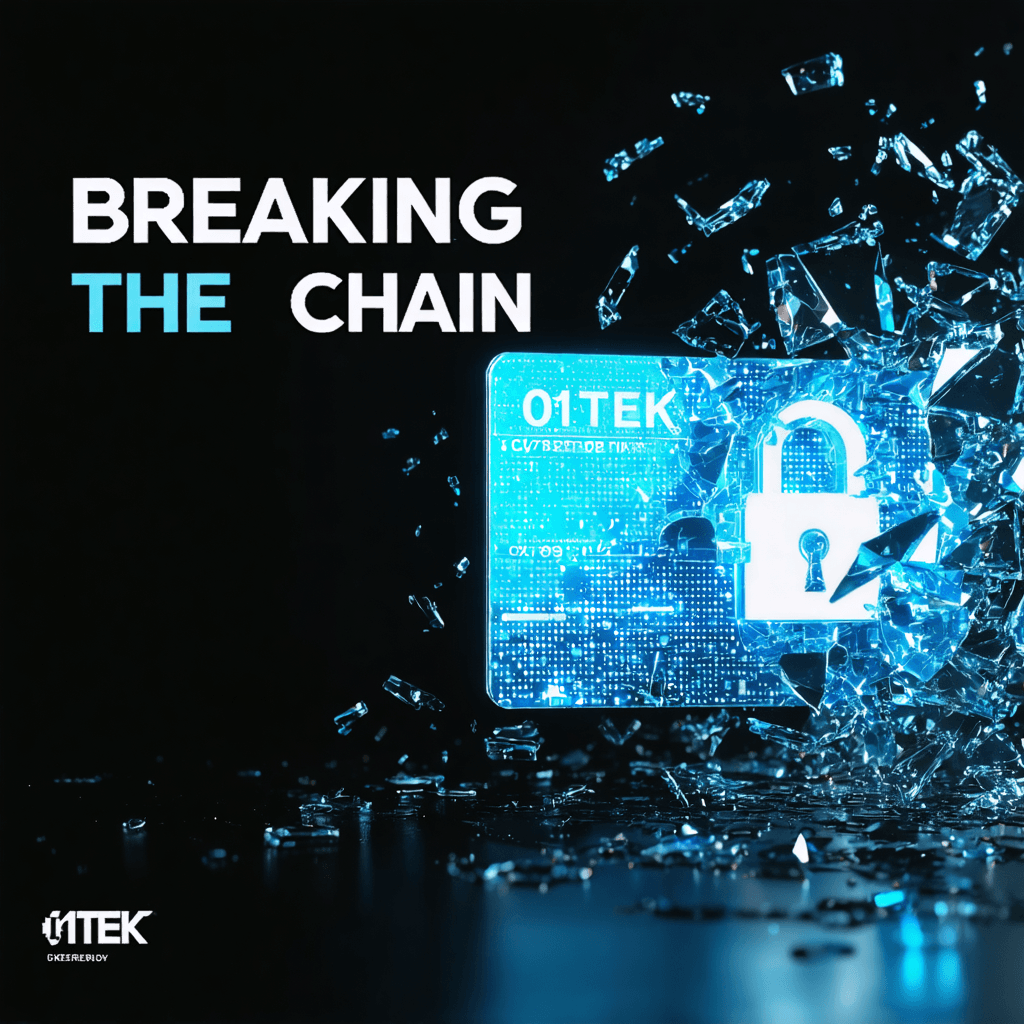Breaking the Chain: How IAM Weaknesses Become Your Digital Identity's Worst Nightmare
In today's interconnected digital landscape, Identity and Access Management (IAM) serves as the cornerstone of organizational security. Yet, weak IAM implementations continue to be a leading cause of data breaches and security incidents. Let's dive deep into how IAM vulnerabilities can compromise your digital identity and explore practical solutions to fortify your security posture.
The Growing Threat Landscape
In recent years, the frequency and sophistication of identity-based attacks have skyrocketed. According to recent cybersecurity reports, over 80% of data breaches involve compromised credentials. These statistics highlight a crucial reality: your digital identity is under constant siege.
Common IAM Weaknesses
1. Poor Password Policies
- Weak password requirements
- Lack of multi-factor authentication (MFA)
- Inadequate password rotation practices
- Shared credentials across multiple systems
2. Excessive Privileges
- Over-privileged accounts
- Unused but active accounts
- Lack of regular access reviews
- Poor implementation of least privilege principle
3. Identity Lifecycle Management Gaps
- Incomplete user deprovisioning
- Inadequate access certification processes
- Missing audit trails
- Inefficient role management
Real-World Impact
Consider this scenario: A former employee's credentials remain active months after their departure. This oversight creates a security blind spot that malicious actors can exploit. In 2024, several high-profile breaches occurred precisely due to such IAM weaknesses, resulting in millions in damages and irreparable reputation loss.
The Ripple Effect
When IAM controls fail, the consequences extend far beyond immediate security concerns:
- Data Exposure: Sensitive information becomes vulnerable to unauthorized access
- Compliance Violations: Organizations face hefty fines for regulatory non-compliance
- Operational Disruption: Business processes grind to a halt during incident response
- Financial Impact: Both immediate costs and long-term financial ramifications
Building a Robust IAM Framework
1. Implement Zero Trust Architecture
Modern IAM solutions must embrace zero trust principles:
- Verify explicitly
- Use least privilege access
- Assume breach mentality
2. Strengthen Authentication Mechanisms
- Deploy adaptive MFA
- Implement biometric authentication where appropriate
- Utilize risk-based authentication
- Enable continuous authentication monitoring
3. Automate Identity Lifecycle Management
- Implement automated provisioning/deprovisioning
- Regular access reviews and certification
- Role-based access control (RBAC)
- Just-in-time access provisioning
Best Practices for IAM Security
1. Regular Auditing and Monitoring
- Conduct periodic access reviews
- Monitor privileged account usage
- Track authentication patterns
- Review access logs regularly
2. Employee Training and Awareness
- Regular security awareness training
- Phishing simulation exercises
- Clear security policies and procedures
- Incident response training
3. Technical Controls
- Implement Privileged Access Management (PAM)
- Deploy Single Sign-On (SSO) solutions
- Enable session management
- Utilize identity governance tools
Emerging Trends and Future Considerations
As we look ahead, several trends are shaping the future of IAM:
- AI-Powered Identity Protection
- Behavioral analytics
- Anomaly detection
- Predictive security measures
- Decentralized Identity
- Blockchain-based solutions
- Self-sovereign identity
- Portable digital credentials
- Passwordless Authentication
- Biometric solutions
- Hardware tokens
- Certificate-based authentication
Risk Mitigation Strategies
1. Regular Assessment
- Conduct vulnerability assessments
- Perform penetration testing
- Review access patterns
- Evaluate security controls
2. Incident Response Planning
- Develop comprehensive response plans
- Regular tabletop exercises
- Clear communication channels
- Documentation and learning
3. Vendor Management
- Assess third-party access requirements
- Regular vendor security reviews
- Clear contractual obligations
- Monitor vendor access patterns
Compliance and Regulatory Considerations
Organizations must align their IAM strategies with various regulatory requirements:
- GDPR
- CCPA
- SOX
- HIPAA
- PCI DSS
Each framework demands specific controls and documentation for identity management and access control.
Measuring IAM Effectiveness
Key metrics to monitor:
- Security Metrics
- Failed login attempts
- Password reset frequency
- MFA adoption rate
- Security incident frequency
- Operational Metrics
- Access request resolution time
- User satisfaction scores
- System availability
- Support ticket volume
Conclusion
IAM weaknesses represent a significant threat to organizational security, but with proper planning, implementation, and maintenance, these risks can be effectively managed. Success requires a combination of technology, processes, and people working together to maintain a robust security posture.
Remember that IAM is not a "set it and forget it" solution – it requires continuous monitoring, updating, and improvement to stay effective against evolving threats.
Ready to strengthen your organization's IAM security? Explore our comprehensive cybersecurity courses and resources at 01TEK. Our expert-led training programs will equip you with the knowledge and skills needed to protect your digital assets effectively. Visit us today to learn more about our specialized IAM security courses and start your journey toward better security practices.
Yesterday’s home runs don’t win today’s games.
Babe Ruth



